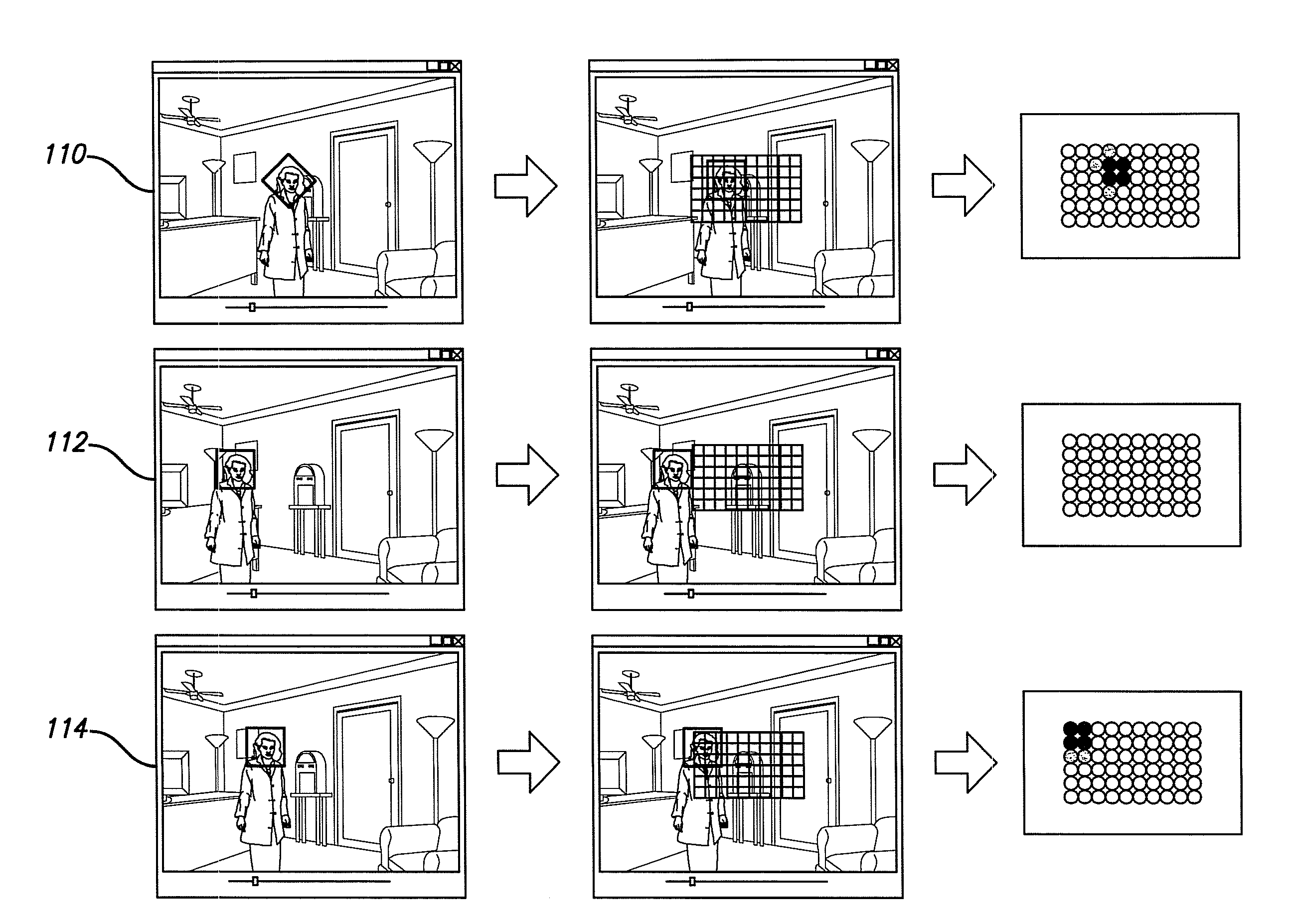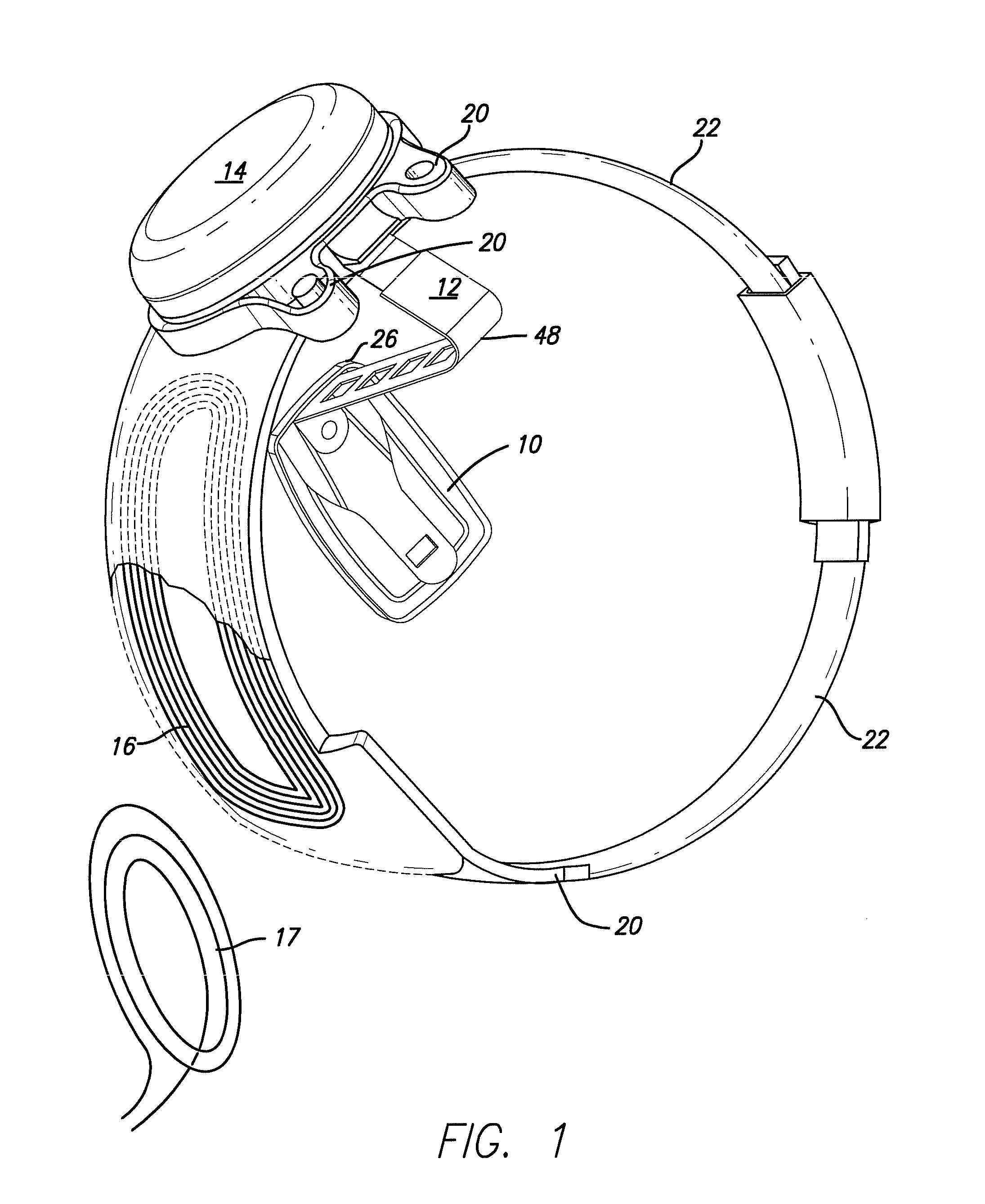Face Detection, Tracking, and Recognition for a Visual Prosthesis
a visual prosthesis and tracking technology, applied in the field of neural stimulation, can solve problems such as distracting streams of auditory information, and achieve the effect of higher resolution
- Summary
- Abstract
- Description
- Claims
- Application Information
AI Technical Summary
Benefits of technology
Problems solved by technology
Method used
Image
Examples
Embodiment Construction
[0034]The following description is of the best mode presently contemplated for carrying out the invention. This description is not to be taken in a limiting sense, but is made merely for the purpose of describing the general principles of the invention. The scope of the invention should be determined with reference to the claims.
[0035]An aspect of the invention is method of aiding a visual prosthesis subject including detecting a face in the subject's visual scene; and providing cues to the subject regarding a detected face. The cue may include sound, vibration, stating a name associated with the detected face, highlighting the detected face, zooming in on the detected face, or tactile feedback. The method may further include looking up the detected face in a look up table to provide a name associated with the detected face. The cue may further include an indication of if the face is looking toward the subject, to the side or looking away. A further aspect of the invention is includ...
PUM
 Login to View More
Login to View More Abstract
Description
Claims
Application Information
 Login to View More
Login to View More - R&D
- Intellectual Property
- Life Sciences
- Materials
- Tech Scout
- Unparalleled Data Quality
- Higher Quality Content
- 60% Fewer Hallucinations
Browse by: Latest US Patents, China's latest patents, Technical Efficacy Thesaurus, Application Domain, Technology Topic, Popular Technical Reports.
© 2025 PatSnap. All rights reserved.Legal|Privacy policy|Modern Slavery Act Transparency Statement|Sitemap|About US| Contact US: help@patsnap.com



